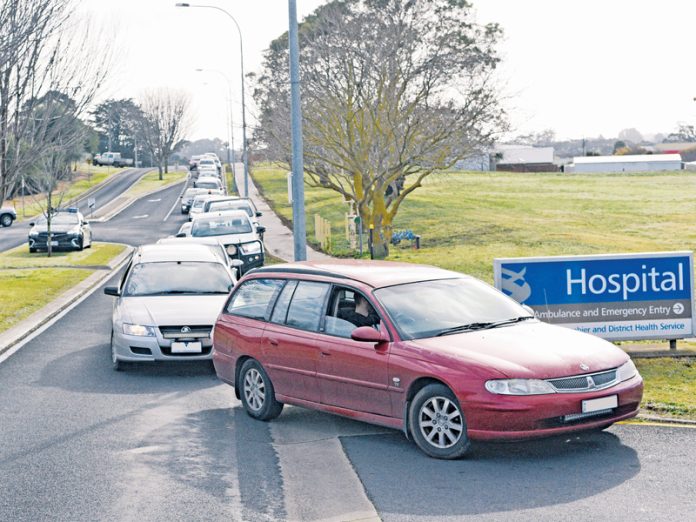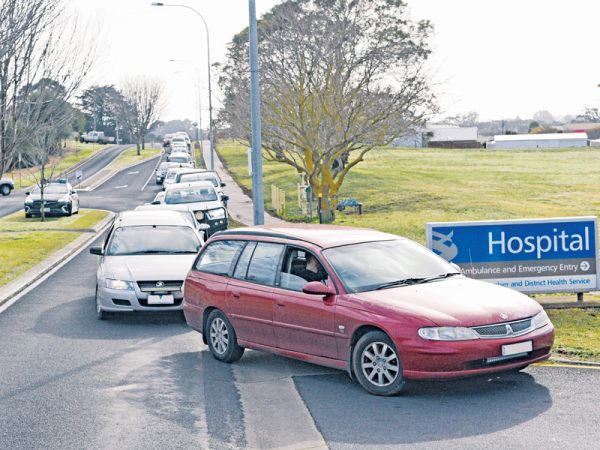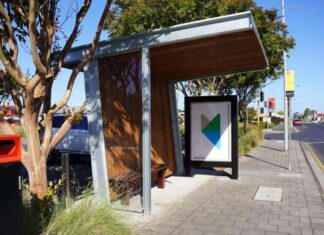

THE region’s medical chief admits she was shocked to see hundreds of people flock to COVID-19 testing stations across the Limestone Coast yesterday.
A line of cars stretched nearly 700 metres from Wehl Street North to Pinehall and Vivienne avenues yesterday as travellers queued for swabs at the Mount Gambier Hospital’s dedicated COVID-19 testing station.
It follows the new direction coming into effect at midnight Tuesday requiring all essential travellers to be tested for the COVID-19 virus.
Cross-border community members are also required to prove they have had a COVID-19 test in the past seven days before crossing the border.
Limestone Coast Local Health Network medical services executive director Dr Elaine Pretorius said the new direction “caught them on the back foot”.
“I’m not sure we fully understood the direction that was being put in place,” she said yesterday.
“It caught us on the back foot, but SA Pathology have been fantastic and we are hopeful we can meet demand and get the swabs done.”
Anticipating the highest testing numbers in the region since the pandemic was declared, Dr Pretorius said the benefits were immeasurable.
“Word of mouth is every man and his dog was also lining up at the Naracoorte testing station, so I think we can say anecdotally that direction has changed the demand for testing,” she said.
“As much as it places pressure on the system, the more people in the community that are screened, the better chance we have of detecting asymptomatic patients with the virus.
“Half of the people who have the virus are asymptomatic, but they can still be infectious, so testing a high volume is really important to prevent the spread of COVID-19 in South Australia.”
Dr Pretorius said Tuesday’s case in Adelaide – a woman in her 20s relocating from Victoria – was evidence the current system worked.
TRAFFIC CONTROL: Police officers were engaged to assist directing traffic along Wehl Street North yesterday morning after reports of the long queues surfaced. Picture: TODD LEWIS
“If that woman was not subject to mandatory testing, she could have potentially spread the virus further and we have seen how quickly it can get out of control,” she said.
“The screening requirement is the best way to identify cases early.”
While no new cases of COVID-19 were recorded in South Australia yesterday, Dr Pretorius said the measures were still necessary to avoid a similar situation to Victoria.
“The community have been mostly understanding, there has been some backchat from a few, but I’d urge them to look at what’s happening in Victoria,” she said.
“Particularly in the aged care sector, they have had outbreaks that have proved fatal and it is why we there are such strict measures in place to contain the virus here.”
She praised both hospital and SA Pathology staff and the community for continuing to work tirelessly to prevent the spread of the virus.
“We are all in it together and I think everybody is working very hard to keep South Australia safe,” she said.
“It’s keeping us on our toes and I think it could be at least another six months before we are out of the woods.”





